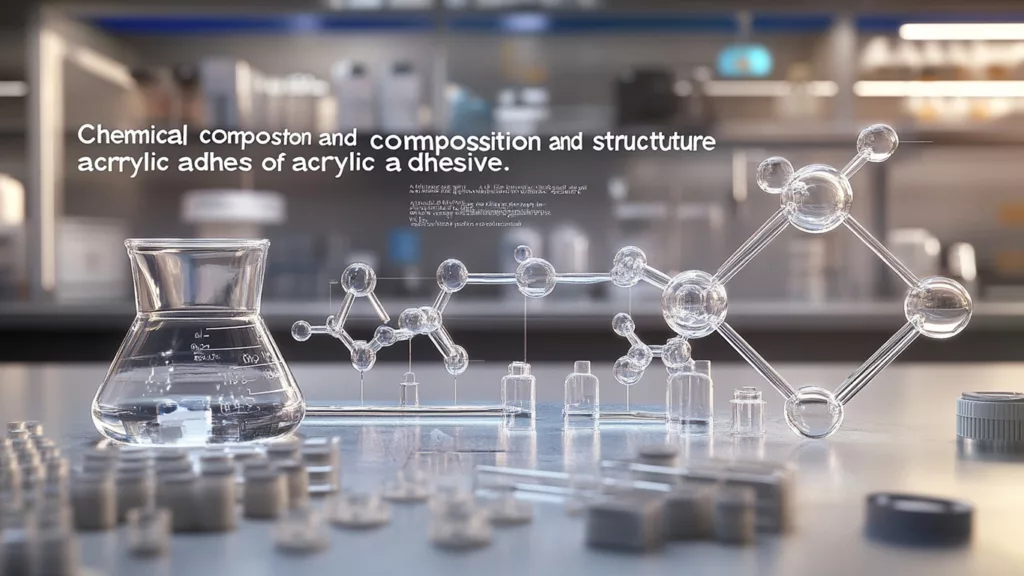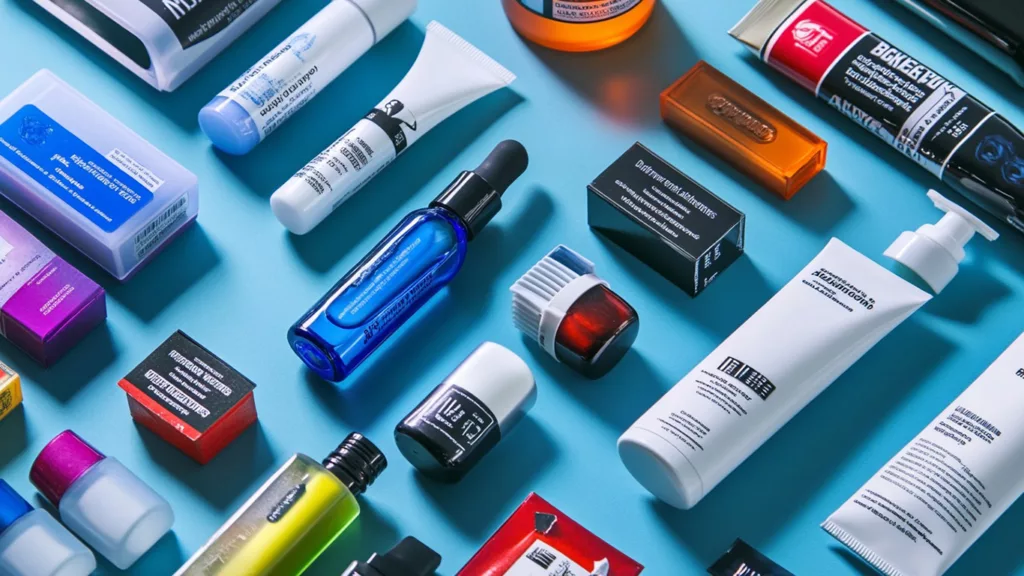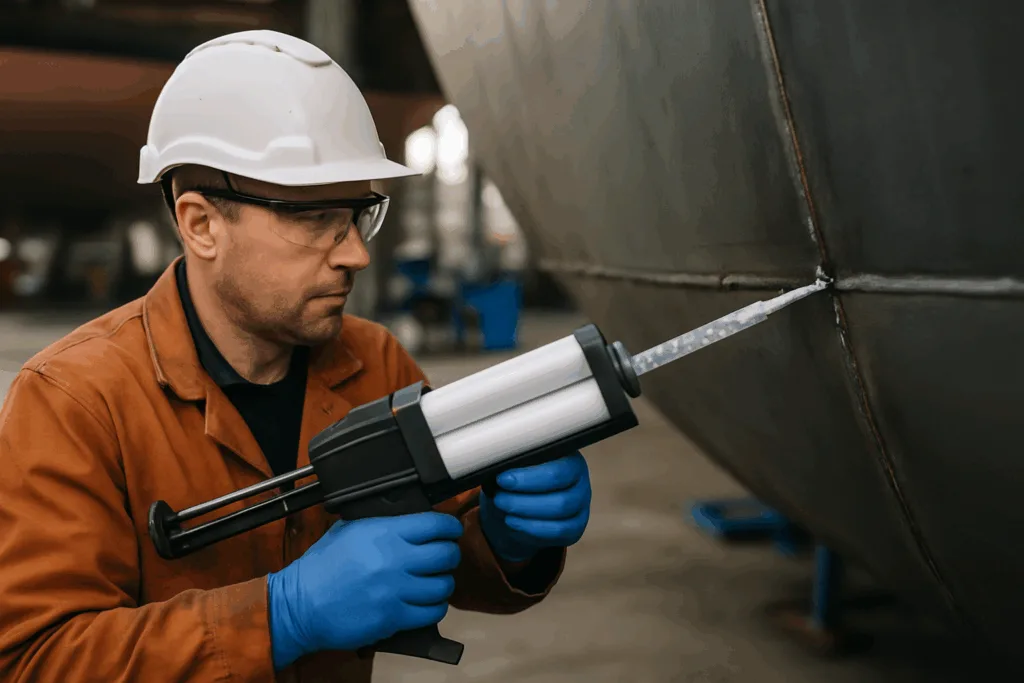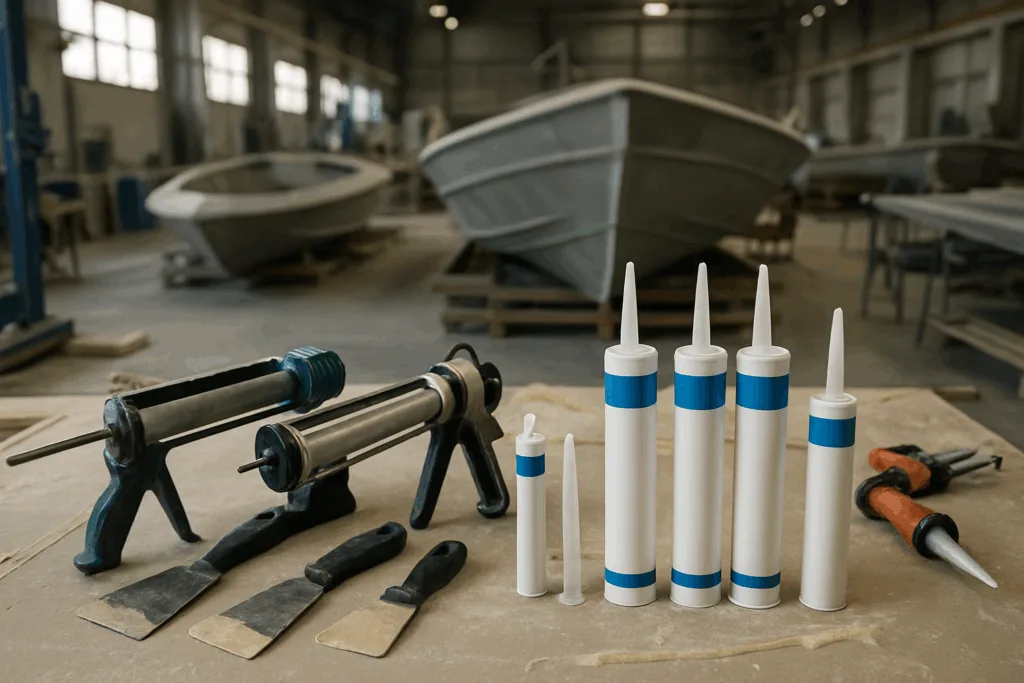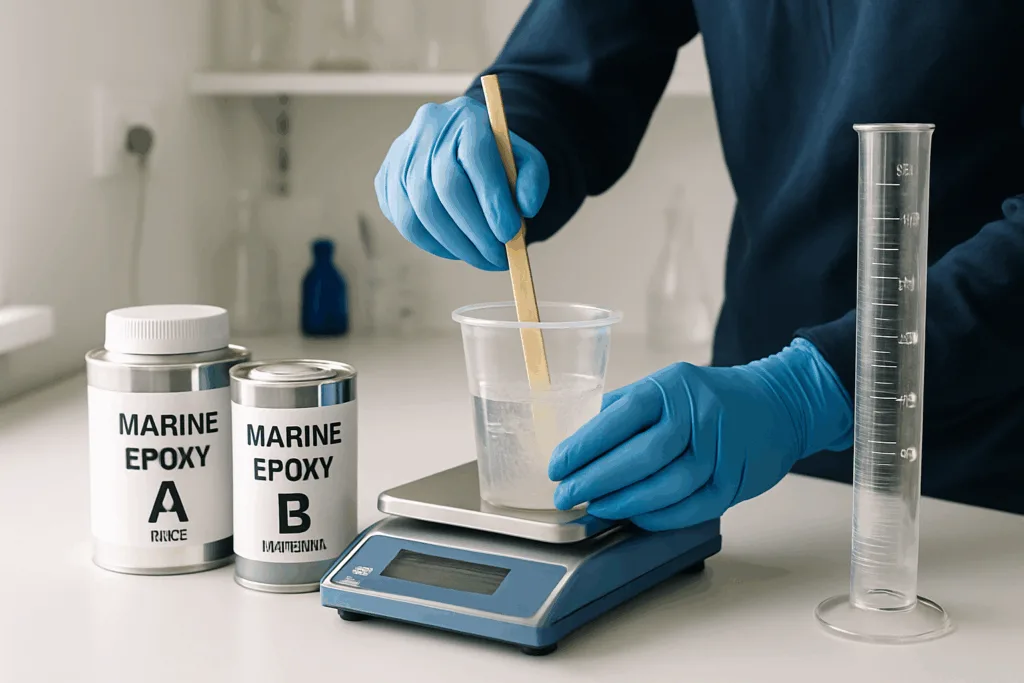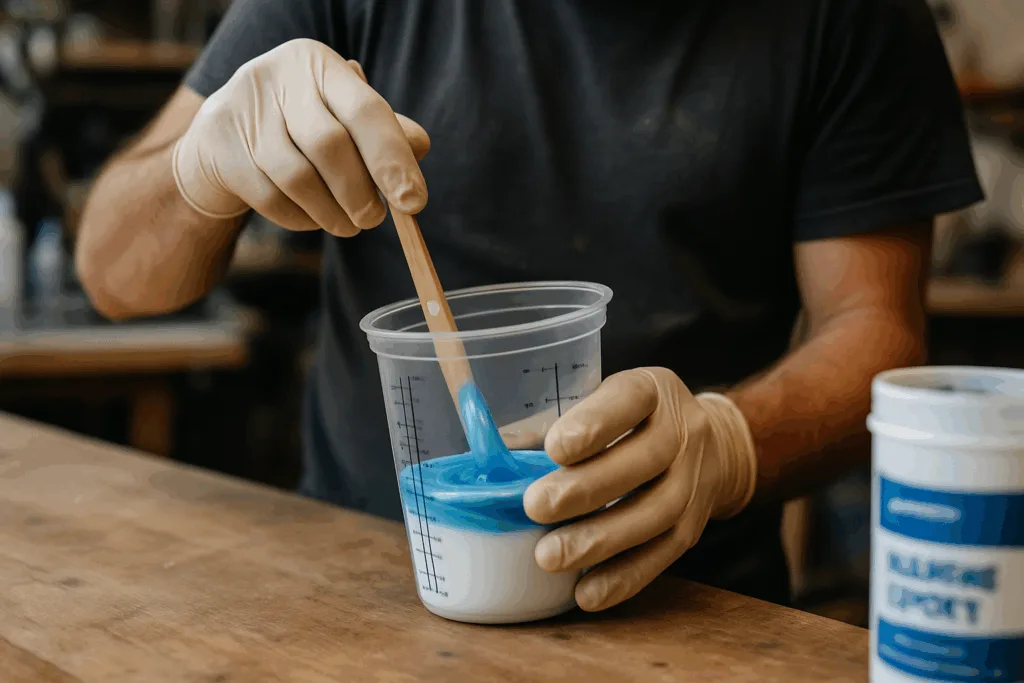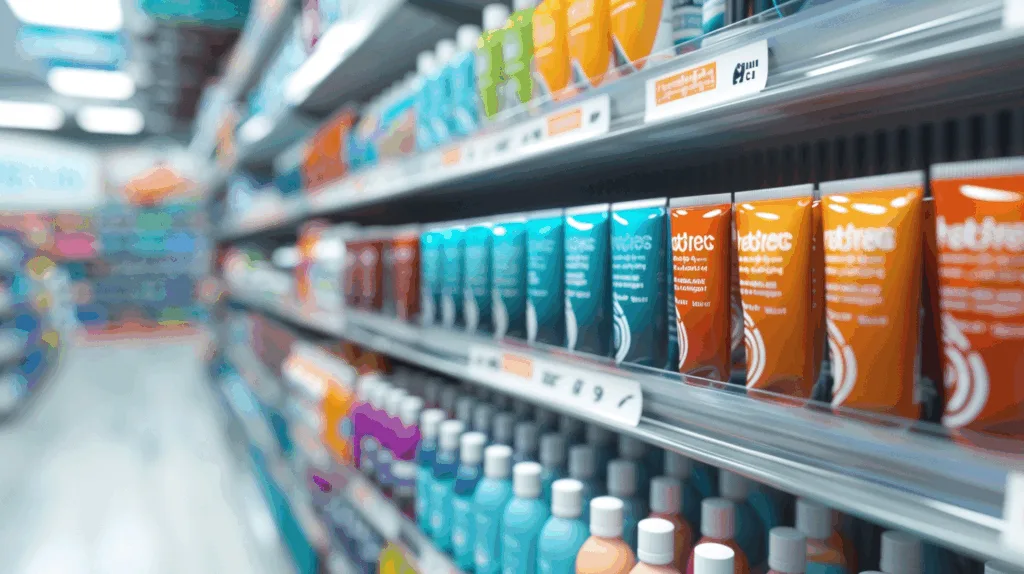Introduction
Adhesives are the unsung heroes of many industries, silently holding together everything from our gadgets to large-scale construction projects. Among the myriad of adhesive options available today, acrylic adhesive stands out as a versatile, reliable, and durable bonding agent. But what exactly is acrylic adhesive, and why has it become a cornerstone in modern manufacturing and beyond? In this article, we’ll delve into everything you need to know about acrylic adhesive, exploring its properties, applications, and benefits.
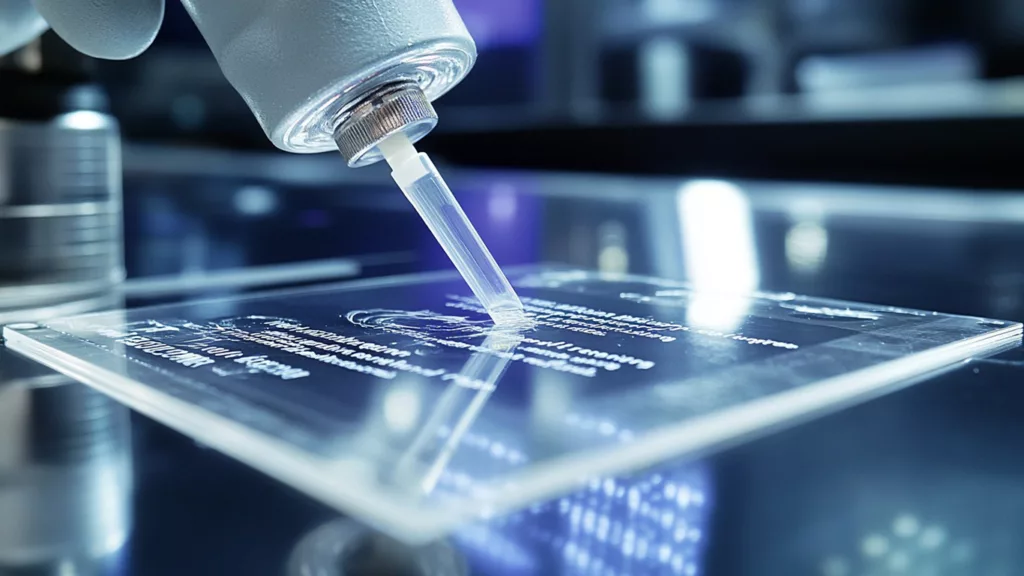
Let’s begin our journey by answering the question: What is acrylic adhesive?
What is Acrylic Adhesive?
What is Acrylic Adhesive? Acrylic adhesive is a type of bonding agent derived from acrylic or methacrylic compounds. Known for its exceptional durability, strong adhesion to various surfaces, and resistance to environmental factors, acrylic adhesive has become a preferred choice for industries ranging from automotive to medical devices. This adhesive type is designed to work effectively across a range of temperatures, surfaces, and environments, making it indispensable in applications where reliability is paramount.
The Chemistry Behind Acrylic Adhesives
The strength and versatility of acrylic adhesives stem from their chemical composition. These adhesives are created using monomers of acrylic acid, which polymerize to form long chains of molecules. This process not only enhances their bonding capability but also equips them with resistance to UV light, chemicals, and moisture. The resulting adhesive is both flexible and robust, adapting to various industrial and commercial needs.
Types of Acrylic Adhesives
Acrylic adhesives are available in different forms to suit specific applications:
- Solvent-Based Acrylic Adhesives: These are dissolved in a solvent, offering excellent bonding for porous and non-porous materials.
- Water-Based Acrylic Adhesives: Environmentally friendly and safer to use, these adhesives are ideal for lightweight materials.
- Structural Acrylic Adhesives: Known for their high strength, they are commonly used in load-bearing applications.
- Pressure-Sensitive Adhesives (PSAs): These allow for bonding with minimal effort, perfect for tapes and labels.
Applications of Acrylic Adhesives
From household repairs to high-tech manufacturing, acrylic adhesives play a pivotal role in numerous fields:
- Automotive Industry: Used for bonding trim, gaskets, and emblems, they provide strong adhesion without compromising aesthetics.
- Construction: Their durability makes them suitable for sealing and bonding materials like glass, metal, and concrete.
- Medical Devices: Acrylic adhesives are biocompatible, making them suitable for applications like wound care and wearable medical devices.
- Electronics: They secure components while withstanding heat and moisture.
- Packaging and Labeling: Pressure-sensitive adhesives make packaging efficient and secure.
Key Benefits of Acrylic Adhesives
Why choose acrylic adhesive over other bonding agents? Let’s explore:
- Versatility: Compatible with a wide range of materials, including plastics, metals, and ceramics.
- Durability: Resistant to weather, UV radiation, and chemicals, ensuring longevity.
- Ease of Use: Many forms require no special equipment or curing processes.
- Eco-Friendly Options: Water-based variants are less harmful to the environment.
Comparing Acrylic Adhesives with Other Adhesive Types
While epoxy and polyurethane adhesives have their merits, acrylic adhesives often outshine them in specific scenarios. For example:
| Property | Acrylic Adhesives | Epoxy Adhesives | Polyurethane Adhesives |
|---|---|---|---|
| Flexibility | High | Moderate | High |
| Environmental Resistance | Excellent | Good | Moderate |
| Bonding Speed | Fast | Slow | Moderate |
The Manufacturing Process of Acrylic Adhesives
The creation of acrylic adhesives involves rigorous processes to ensure consistency and quality. Starting with the polymerization of acrylic monomers, additives are then incorporated to enhance specific properties. The adhesive is then processed into its final form—liquid, paste, or tape—ready for industrial or consumer use.
How to Choose the Right Acrylic Adhesive
Selecting the best acrylic adhesive depends on factors such as:
- Surface Material: Ensure compatibility with the substrate.
- Environmental Conditions: Consider temperature, humidity, and UV exposure.
- Application Method: Determine if you need a liquid, tape, or paste format.
- Strength Requirements: Choose structural variants for heavy-duty tasks.
Environmental Impact of Acrylic Adhesives
Acrylic adhesives are increasingly formulated with sustainability in mind. Water-based options reduce VOC emissions, and ongoing research aims to create fully biodegradable adhesives without sacrificing performance.
FAQs
What are the main components of acrylic adhesives?
Acrylic adhesives are primarily composed of acrylic monomers that polymerize to form a strong and flexible bond. Additives are often included to enhance specific characteristics like UV resistance or adhesion strength.
Are acrylic adhesives suitable for outdoor use?
Yes, their resistance to UV light, moisture, and extreme temperatures makes them ideal for outdoor applications.
Can acrylic adhesives bond dissimilar materials?
Absolutely. Acrylic adhesives are renowned for their ability to bond a wide range of materials, including metals, plastics, glass, and ceramics.
How do pressure-sensitive acrylic adhesives work?
Pressure-sensitive adhesives bond surfaces upon light pressure, making them ideal for labels, tapes, and other applications requiring instant adhesion.
Are acrylic adhesives safe for medical applications?
Yes, certain formulations of acrylic adhesives are biocompatible and widely used in medical devices and wound care products.
What is the curing time for acrylic adhesives?
The curing time varies depending on the type, but most acrylic adhesives bond quickly, often within seconds or minutes.
Conclusion
Acrylic adhesive has carved its niche as a versatile and dependable bonding solution across various industries. Its unique properties, ranging from durability to ease of use, make it a go-to choice for professionals and hobbyists alike. Whether you’re assembling high-performance electronics, crafting medical devices, or undertaking home improvement projects, acrylic adhesive offers an unmatched combination of strength, flexibility, and reliability.
So, the next time you encounter a challenge requiring a strong, adaptable bond, consider acrylic adhesive as your trusted ally. Its potential is as boundless as your creativity.

